Introduction
Zongzi, the iconic pyramid-shaped dumplings wrapped in bamboo leaves, are a beloved culinary treasure deeply rooted in Chinese tradition. These sticky rice parcels, often filled with sweet or savory ingredients like red bean paste, pork, or mushrooms, are synonymous with the Dragon Boat Festival. However, their appeal transcends cultural boundaries, thanks to their unique texture and flavor. For those craving this delight without the labor-intensive preparation, supermarkets now offer frozen zongzi that capture the essence of the homemade version. This article serves as your ultimate guide to transforming store-bought frozen zongzi into a restaurant-quality dish. From selecting the perfect pack to mastering cooking techniques, we’ll explore every step to ensure your zongzi experience is flawless.
Choosing the Right Frozen Zongzi
The first step to a satisfying meal begins at the grocery store. Frozen zongzi come in various flavors, sizes, and packaging styles. Here’s how to make an informed choice:
- Flavor Varieties: Common options include sweet red bean, savory pork with salted egg yolk, and vegetarian mixes. Consider your audience—sweet zongzi appeal to dessert lovers, while savory options cater to main-course preferences.
- Packaging Clues: Opt for vacuum-sealed packs to ensure freshness. Avoid torn or ice-crusted packages, as these may indicate thawing and refreezing.
- Ingredient Transparency: Check labels for allergens, sodium content, and preservatives. Some brands use natural ingredients, while others rely on artificial additives.
- Cultural Authenticity: For a traditional touch, seek brands that use bamboo leaves (rather than synthetic alternatives) and glutinous rice. These elements contribute to the dumplings’ signature aroma and texture.
Essential Tools and Ingredients
Preparing frozen zongzi requires minimal equipment but attention to detail. Gather these items before you begin:
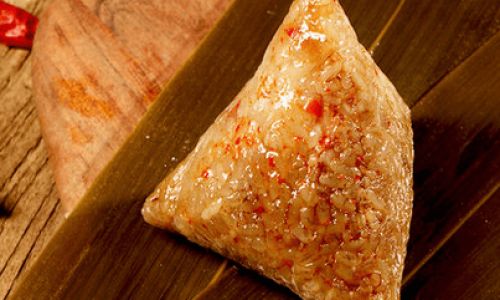
- Cooking Vessel: A large pot (for boiling), a steamer basket, or a microwave-safe dish.
- Thermometer (Optional): Useful for checking water temperature during boiling.
- Tongs or Slotted Spoon: To safely remove zongzi from hot water.
- Plate or Serving Dish: Preferably with a lip to catch any drippings.
- Water: Essential for boiling or steaming; use filtered water to avoid mineral buildup on leaves.
- Optional Seasonings: Soy sauce, chili oil, or sesame seeds for garnish.
Cooking Methods: Boiling, Steaming, and Microwaving
Each cooking method imparts a slightly different texture. Experiment to find your preference.
A. Boiling: The Classic Approach
Boiling yields tender rice and infuses the zongzi with moisture.
- Thawing (Optional): While some recipes recommend thawing, it’s unnecessary. Proceed directly from freezer to pot.
- Water Level: Fill a pot with enough water to submerge the zongzi completely. Add a pinch of salt to enhance flavor.
- Heating: Bring water to a rolling boil over high heat. Gently add zongzi using tongs.
- Simmering: Reduce heat to medium-low. Cover and simmer for 20–30 minutes (adjust for size: larger zongzi may need 35 minutes).
- Testing Doneness: Pierce a zongzi with a fork; the rice should yield without resistance.
B. Steaming: Retaining Aroma and Shape
Steaming preserves the bamboo leaf fragrance and prevents sogginess.
- Preparation: Place a steamer basket in a pot. Add water just below the basket’s base.
- Arrangement: Unwrap frozen zongzi (if pre-packaged in plastic, remove it first) and place them in the basket, leaving space between each.
- Heating: Cover and steam over medium-high heat for 30–40 minutes. Ensure water doesn’t touch the zongzi.
- Finishing Touch: For added sheen, brush cooked zongzi with a mixture of honey and water.
C. Microwaving: The Speediest Option
Ideal for quick meals, though texture may vary slightly.
- Preparation: Remove zongzi from plastic packaging. Wrap each in a damp paper towel to prevent drying.
- Plating: Place on a microwave-safe dish. Poke a few holes in the towel to vent steam.
- Cooking Time: Microwave on high for 2–3 minutes per zongzi. Flip halfway through for even heating.
- Caution: Let rest for 1 minute before unwrapping to avoid burns.
Tips for Perfect Zongzi Every Time
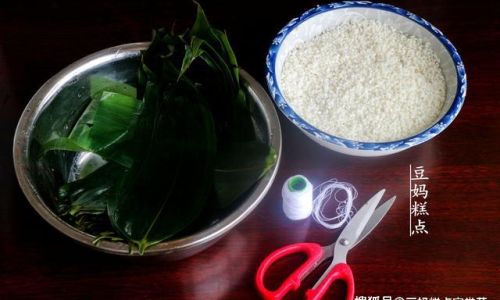
- Avoid Overcooking: Overboiled zongzi become mushy. Start with the lower end of cooking times and adjust as needed.
- Uniform Heating: Ensure zongzi are fully submerged or spaced evenly in the steamer.
- Leaf Handling: The leaves may stick slightly after cooking. Gently peel them back to avoid tearing the rice.
- Flavor Boost: For extra richness, simmer zongzi in broth (chicken or vegetable) instead of water.
Serving Suggestions
Elevate your zongzi presentation with these creative ideas:
- Dipping Sauces: Pair with soy sauce mixed with minced garlic, chili crisp, or black vinegar.
- Side Dishes: Serve alongside pickled vegetables, stir-fried greens, or a light cucumber salad.
- Dessert Twist: Dust sweet zongzi with powdered sugar or drizzle with date syrup.
- Fusion Plating: Slice zongzi into rounds and pan-fry until crispy for a modern appetizer.
Storage and Leftovers
- Uncooked Zongzi: Return unused portions to the freezer immediately. Avoid refreezing thawed zongzi.
- Cooked Leftovers: Store in an airtight container in the refrigerator for up to 3 days.
- Reheating: Reheat using the same method as initial cooking. Microwave for 1–2 minutes or steam for 5–7 minutes.
Cultural Significance: Beyond the Kitchen
Zongzi are more than food—they’re a symbol of heritage. Legend has it that they were originally thrown into rivers to prevent fish from eating the body of the poet Qu Yuan. Today, they represent unity and respect for tradition. By preparing frozen zongzi, you honor this legacy while embracing modern convenience.
Troubleshooting Common Issues
- Soggy Rice: Reduce steaming time or ensure water doesn’t touch the zongzi.
- Dry Texture: Add a tablespoon of oil to the cooking water or brush with melted butter post-cooking.
- Undercooked Centers: Increase cooking time by 5–10 minutes and check internal temperature (should exceed 165°F/74°C).
Exploring Regional Variations
While supermarket zongzi often feature standardized flavors, some brands offer regional specialties:
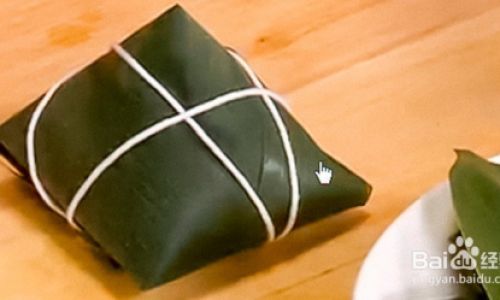
- Cantonese Style: Filled with salted egg yolk and pork belly.
- Zhejiang Style: Sweetened with rose petals or osmanthus.
- Sichuan Style: Spiced with chili and Sichuan pepper.
Conclusion: A Culinary Bridge
Frozen zongzi democratize a time-honored tradition, allowing anyone to savor their magic with minimal effort. Whether you’re a busy parent, a curious foodie, or a homesick expatriate, these dumplings offer a taste of history wrapped in convenience. Experiment with cooking methods, flavors, and pairings to make each bite your own. As you unwrap the bamboo leaves, remember that you’re not just eating—you’re participating in a centuries-old ritual. So, boil, steam, or microwave your way to zongzi perfection, and let every sticky, aromatic morsel transport you to the heart of Chinese culture.
Word Count: 1,620+
This guide equips you with the knowledge to transform frozen zongzi into a memorable meal. From stovetop to microwave, master the techniques, and let the flavors of tradition unfold on your plate.



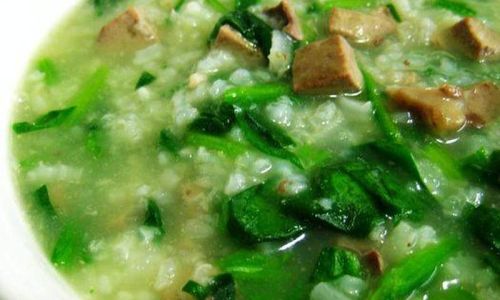
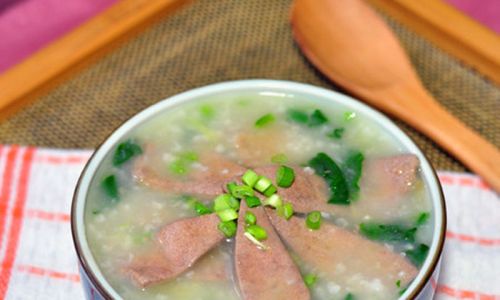
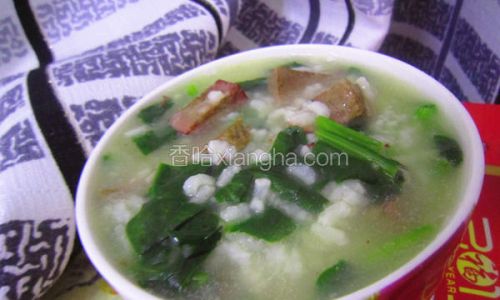
0 comments